Blog
The Comprehensive Guide To LED Lighting
The Comprehensive Guide To LED Lighting
The Comprehensive Guide To LED Lighting

The Comprehensive Guide To LED Lighting
Light-emitting diodes (LEDs) have quickly become a popular lighting solution across the market, with multiple products and accessories available to suit your every need. Now is an excellent time to switch from traditional light sources.
As LEDs become more popular among homeowners, you may be wondering how they work and how you can use them. We've compiled this comprehensive guide to help you find the answers you're looking for and teach you how to utilize LED lighting in your home.
What Is LED Lighting and How Does it Work?
LEDs are a rapidly evolving lighting technology that produces visible light up to 90 percent more efficiently than traditional bulbs. LED lights work by passing an electrical current through a special microchip material that allows electricity to flow in different directions. Essentially, when energy or electricity passes through the diode in LEDs, it creates light.
LEDs' light is noticeably different from compact fluorescent lights (CFLs) or incandescent lights. LED lights can produce a higher quality of light than their counterparts while beating their life span.
LED Lighting Terminology and Concepts
Understanding a few key concepts is essential to making the most out of LED lighting and knowing the best way to use LEDs in your home. The following three concepts are the most important when it comes to understanding LEDs:
1. Brightness
Although many people are used to thinking of brightness in terms of watts, LEDs don't represent brightness with wattage the way incandescent lights do. Instead, you should look for lumens. The wattage of a product tells you how much power it will use, while lumens will tell you how much light it will produce.
While LEDs will consume fewer watts than incandescent or CFLs, they still produce the same brightness. The product label should include the lumens and watts, so you know how much light to expect.
2. Light Appearance
The correlated color temperature (CCT), measured in Kelvin (K), is the color appearance of the light that incandescent, CFL and LED bulbs emit. The Kelvin number tells you how warm or cool the light will be. If you're looking for a warmer light, you'll want to choose a product with a lower K number, while a higher K number will produce a cooler light.
3. Color Rendering
Light sources can make a significant difference in how colors in the area appear. If you've ever struggled to determine the color of a piece of clothing in a store, the light fixture likely had a bulb with poor color rendering.
The color rendering index (CRI) measures how accurately a light bulb or fixture can render a color compared to a natural light source. The CRI goes from 0 to 100 percent, with 100 being the best. Depending on the desired application of the LED light, the color temperature and lumens may be more critical than its CRI score.
Benefits of Switching to LED Lighting

Although LED lights may cost more than traditional light sources, their benefits outweigh the short-term costs. If you're considering switching from CFLs or incandescent lights to LEDs, consider these benefits:
Energy efficiency: LED lights use 75 percent less energy than CFLs or incandescent lights, helping you save on your energy bill.
Long life span: LED bulbs last about 25 times longer than traditional bulbs. While switching to LED lights may cost more upfront, their long life span means you can go longer between replacements, reducing your overall costs.
Safer lighting alternative: LEDs don't contain mercury, making them safer for people and the environment than CFLs.
High-quality lighting: There is a noticeable difference in quality between incandescent and LED lighting. High-quality LED lights give your home a cleaner look and let you highlight the exact features you want.
Various applications: LEDs are more compact than traditional bulbs, letting you light small, compact areas like tight areas or use multiple bulbs to brighten an entire space. LED lights have you covered, whether you're looking for something bright and warm or dim and cool.
How to Choose the Best LED Light for Different Areas and Functions in Your Home
Light has different functions in each location of your home, so knowing the different types of lighting and their purpose can help you make the right choice. The different kinds of light include:
Ambient light: Ambient lighting, also known as general lighting, is a consistent light source in a room or area. Bedrooms and living rooms often use warm ambient lights to create a comfortable and homey environment. Cool ambient light is excellent in bathrooms since it provides better contrast and gives you a better idea of what you look like in natural lighting. Cool light is also more energizing than warm light, which can put you to sleep.
Decorative light: Decorative lighting helps you add a personalized flair to your space. By combining multiple types of light, you can create a well-lit area with a unique balance that's challenging to achieve with traditional bulbs. Chandeliers add a regal touch and LED holiday lights let you fill your home with seasonal cheer.
Accent light: You can use accent lighting to bring attention to certain features, such as a painting, plants or architecture. Accent light uses contrasting brightness to make these features stand out, usually through a surface mount or track lighting. You can even use outdoor LED lights to bring attention to columns, balconies, pools, fountains or other unique external features.
Task light: Task lights provide extra light to a specific part of the room on top of the ambient lighting already present. You can use task lights to highlight areas where you frequently work, such as a kitchen or a makeup mirror. You can also get LED security lights to help you see outdoors at night to keep an eye out for intruders or unexpected guests.
Consider what type of lighting you want for each part of your home, and use the types of lighting above to help you decide. When choosing a product, look for an Electrical Testing Laboratories (ETL) or Underwriters Laboratories (UL) mark on the product packaging to ensure a trusted source has tested it for quality and safety. The product should also list the lumens, watts, CRI and Kelvin number.

Choose JellyFish Lighting as Your Permanent Outdoor LED Lighting Solution
Whether you're looking for LED holiday lights or something to brighten up your home year-round, JellyFish Lighting is here to help. Lighting your exterior can instantly increase your curb appeal and accent lighting will bring attention to your home's best features. JellyFish Lighting offers permanent, outdoor LED house lights for Texas, Utah and Colorado residents or businesses. Our LED lighting installation comes with an app you can use to change the color of your lights and which ones you'd like to have on at any time. Request a free estimate today to get started.
The Comprehensive Guide To LED Lighting
Light-emitting diodes (LEDs) have quickly become a popular lighting solution across the market, with multiple products and accessories available to suit your every need. Now is an excellent time to switch from traditional light sources.
As LEDs become more popular among homeowners, you may be wondering how they work and how you can use them. We've compiled this comprehensive guide to help you find the answers you're looking for and teach you how to utilize LED lighting in your home.
What Is LED Lighting and How Does it Work?
LEDs are a rapidly evolving lighting technology that produces visible light up to 90 percent more efficiently than traditional bulbs. LED lights work by passing an electrical current through a special microchip material that allows electricity to flow in different directions. Essentially, when energy or electricity passes through the diode in LEDs, it creates light.
LEDs' light is noticeably different from compact fluorescent lights (CFLs) or incandescent lights. LED lights can produce a higher quality of light than their counterparts while beating their life span.
LED Lighting Terminology and Concepts
Understanding a few key concepts is essential to making the most out of LED lighting and knowing the best way to use LEDs in your home. The following three concepts are the most important when it comes to understanding LEDs:
1. Brightness
Although many people are used to thinking of brightness in terms of watts, LEDs don't represent brightness with wattage the way incandescent lights do. Instead, you should look for lumens. The wattage of a product tells you how much power it will use, while lumens will tell you how much light it will produce.
While LEDs will consume fewer watts than incandescent or CFLs, they still produce the same brightness. The product label should include the lumens and watts, so you know how much light to expect.
2. Light Appearance
The correlated color temperature (CCT), measured in Kelvin (K), is the color appearance of the light that incandescent, CFL and LED bulbs emit. The Kelvin number tells you how warm or cool the light will be. If you're looking for a warmer light, you'll want to choose a product with a lower K number, while a higher K number will produce a cooler light.
3. Color Rendering
Light sources can make a significant difference in how colors in the area appear. If you've ever struggled to determine the color of a piece of clothing in a store, the light fixture likely had a bulb with poor color rendering.
The color rendering index (CRI) measures how accurately a light bulb or fixture can render a color compared to a natural light source. The CRI goes from 0 to 100 percent, with 100 being the best. Depending on the desired application of the LED light, the color temperature and lumens may be more critical than its CRI score.
Benefits of Switching to LED Lighting

Although LED lights may cost more than traditional light sources, their benefits outweigh the short-term costs. If you're considering switching from CFLs or incandescent lights to LEDs, consider these benefits:
Energy efficiency: LED lights use 75 percent less energy than CFLs or incandescent lights, helping you save on your energy bill.
Long life span: LED bulbs last about 25 times longer than traditional bulbs. While switching to LED lights may cost more upfront, their long life span means you can go longer between replacements, reducing your overall costs.
Safer lighting alternative: LEDs don't contain mercury, making them safer for people and the environment than CFLs.
High-quality lighting: There is a noticeable difference in quality between incandescent and LED lighting. High-quality LED lights give your home a cleaner look and let you highlight the exact features you want.
Various applications: LEDs are more compact than traditional bulbs, letting you light small, compact areas like tight areas or use multiple bulbs to brighten an entire space. LED lights have you covered, whether you're looking for something bright and warm or dim and cool.
How to Choose the Best LED Light for Different Areas and Functions in Your Home
Light has different functions in each location of your home, so knowing the different types of lighting and their purpose can help you make the right choice. The different kinds of light include:
Ambient light: Ambient lighting, also known as general lighting, is a consistent light source in a room or area. Bedrooms and living rooms often use warm ambient lights to create a comfortable and homey environment. Cool ambient light is excellent in bathrooms since it provides better contrast and gives you a better idea of what you look like in natural lighting. Cool light is also more energizing than warm light, which can put you to sleep.
Decorative light: Decorative lighting helps you add a personalized flair to your space. By combining multiple types of light, you can create a well-lit area with a unique balance that's challenging to achieve with traditional bulbs. Chandeliers add a regal touch and LED holiday lights let you fill your home with seasonal cheer.
Accent light: You can use accent lighting to bring attention to certain features, such as a painting, plants or architecture. Accent light uses contrasting brightness to make these features stand out, usually through a surface mount or track lighting. You can even use outdoor LED lights to bring attention to columns, balconies, pools, fountains or other unique external features.
Task light: Task lights provide extra light to a specific part of the room on top of the ambient lighting already present. You can use task lights to highlight areas where you frequently work, such as a kitchen or a makeup mirror. You can also get LED security lights to help you see outdoors at night to keep an eye out for intruders or unexpected guests.
Consider what type of lighting you want for each part of your home, and use the types of lighting above to help you decide. When choosing a product, look for an Electrical Testing Laboratories (ETL) or Underwriters Laboratories (UL) mark on the product packaging to ensure a trusted source has tested it for quality and safety. The product should also list the lumens, watts, CRI and Kelvin number.

Choose JellyFish Lighting as Your Permanent Outdoor LED Lighting Solution
Whether you're looking for LED holiday lights or something to brighten up your home year-round, JellyFish Lighting is here to help. Lighting your exterior can instantly increase your curb appeal and accent lighting will bring attention to your home's best features. JellyFish Lighting offers permanent, outdoor LED house lights for Texas, Utah and Colorado residents or businesses. Our LED lighting installation comes with an app you can use to change the color of your lights and which ones you'd like to have on at any time. Request a free estimate today to get started.
The Comprehensive Guide To LED Lighting
Light-emitting diodes (LEDs) have quickly become a popular lighting solution across the market, with multiple products and accessories available to suit your every need. Now is an excellent time to switch from traditional light sources.
As LEDs become more popular among homeowners, you may be wondering how they work and how you can use them. We've compiled this comprehensive guide to help you find the answers you're looking for and teach you how to utilize LED lighting in your home.
What Is LED Lighting and How Does it Work?
LEDs are a rapidly evolving lighting technology that produces visible light up to 90 percent more efficiently than traditional bulbs. LED lights work by passing an electrical current through a special microchip material that allows electricity to flow in different directions. Essentially, when energy or electricity passes through the diode in LEDs, it creates light.
LEDs' light is noticeably different from compact fluorescent lights (CFLs) or incandescent lights. LED lights can produce a higher quality of light than their counterparts while beating their life span.
LED Lighting Terminology and Concepts
Understanding a few key concepts is essential to making the most out of LED lighting and knowing the best way to use LEDs in your home. The following three concepts are the most important when it comes to understanding LEDs:
1. Brightness
Although many people are used to thinking of brightness in terms of watts, LEDs don't represent brightness with wattage the way incandescent lights do. Instead, you should look for lumens. The wattage of a product tells you how much power it will use, while lumens will tell you how much light it will produce.
While LEDs will consume fewer watts than incandescent or CFLs, they still produce the same brightness. The product label should include the lumens and watts, so you know how much light to expect.
2. Light Appearance
The correlated color temperature (CCT), measured in Kelvin (K), is the color appearance of the light that incandescent, CFL and LED bulbs emit. The Kelvin number tells you how warm or cool the light will be. If you're looking for a warmer light, you'll want to choose a product with a lower K number, while a higher K number will produce a cooler light.
3. Color Rendering
Light sources can make a significant difference in how colors in the area appear. If you've ever struggled to determine the color of a piece of clothing in a store, the light fixture likely had a bulb with poor color rendering.
The color rendering index (CRI) measures how accurately a light bulb or fixture can render a color compared to a natural light source. The CRI goes from 0 to 100 percent, with 100 being the best. Depending on the desired application of the LED light, the color temperature and lumens may be more critical than its CRI score.
Benefits of Switching to LED Lighting

Although LED lights may cost more than traditional light sources, their benefits outweigh the short-term costs. If you're considering switching from CFLs or incandescent lights to LEDs, consider these benefits:
Energy efficiency: LED lights use 75 percent less energy than CFLs or incandescent lights, helping you save on your energy bill.
Long life span: LED bulbs last about 25 times longer than traditional bulbs. While switching to LED lights may cost more upfront, their long life span means you can go longer between replacements, reducing your overall costs.
Safer lighting alternative: LEDs don't contain mercury, making them safer for people and the environment than CFLs.
High-quality lighting: There is a noticeable difference in quality between incandescent and LED lighting. High-quality LED lights give your home a cleaner look and let you highlight the exact features you want.
Various applications: LEDs are more compact than traditional bulbs, letting you light small, compact areas like tight areas or use multiple bulbs to brighten an entire space. LED lights have you covered, whether you're looking for something bright and warm or dim and cool.
How to Choose the Best LED Light for Different Areas and Functions in Your Home
Light has different functions in each location of your home, so knowing the different types of lighting and their purpose can help you make the right choice. The different kinds of light include:
Ambient light: Ambient lighting, also known as general lighting, is a consistent light source in a room or area. Bedrooms and living rooms often use warm ambient lights to create a comfortable and homey environment. Cool ambient light is excellent in bathrooms since it provides better contrast and gives you a better idea of what you look like in natural lighting. Cool light is also more energizing than warm light, which can put you to sleep.
Decorative light: Decorative lighting helps you add a personalized flair to your space. By combining multiple types of light, you can create a well-lit area with a unique balance that's challenging to achieve with traditional bulbs. Chandeliers add a regal touch and LED holiday lights let you fill your home with seasonal cheer.
Accent light: You can use accent lighting to bring attention to certain features, such as a painting, plants or architecture. Accent light uses contrasting brightness to make these features stand out, usually through a surface mount or track lighting. You can even use outdoor LED lights to bring attention to columns, balconies, pools, fountains or other unique external features.
Task light: Task lights provide extra light to a specific part of the room on top of the ambient lighting already present. You can use task lights to highlight areas where you frequently work, such as a kitchen or a makeup mirror. You can also get LED security lights to help you see outdoors at night to keep an eye out for intruders or unexpected guests.
Consider what type of lighting you want for each part of your home, and use the types of lighting above to help you decide. When choosing a product, look for an Electrical Testing Laboratories (ETL) or Underwriters Laboratories (UL) mark on the product packaging to ensure a trusted source has tested it for quality and safety. The product should also list the lumens, watts, CRI and Kelvin number.

Choose JellyFish Lighting as Your Permanent Outdoor LED Lighting Solution
Whether you're looking for LED holiday lights or something to brighten up your home year-round, JellyFish Lighting is here to help. Lighting your exterior can instantly increase your curb appeal and accent lighting will bring attention to your home's best features. JellyFish Lighting offers permanent, outdoor LED house lights for Texas, Utah and Colorado residents or businesses. Our LED lighting installation comes with an app you can use to change the color of your lights and which ones you'd like to have on at any time. Request a free estimate today to get started.
How much do permanent christmas lights cost?
How much do permanent christmas lights cost?
How much do permanent christmas lights cost?






Are Permanent Christmas Lights Worth It?
Are Permanent Christmas Lights Worth It?
Are Permanent Christmas Lights Worth It?
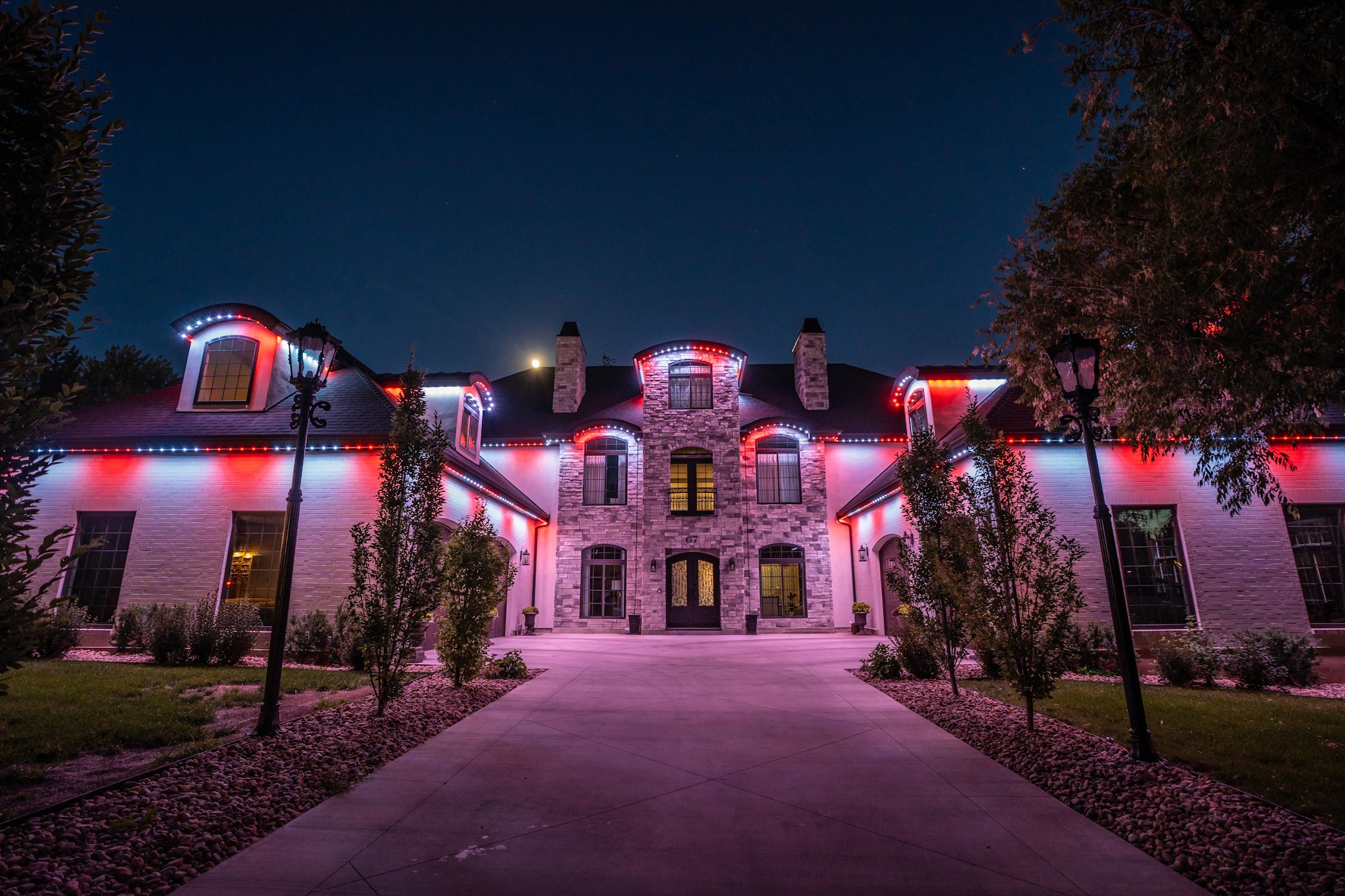





Illuminate Your Love Story: Transforming Wedding Venues with JellyFish Lighting
Illuminate Your Love Story: Transforming Wedding Venues with JellyFish Lighting
Illuminate Your Love Story: Transforming Wedding Venues with JellyFish Lighting






Illuminating Thrills: How JellyFish Lighting Enhances Amusement Park Experiences
Illuminating Thrills: How JellyFish Lighting Enhances Amusement Park Experiences
Illuminating Thrills: How JellyFish Lighting Enhances Amusement Park Experiences
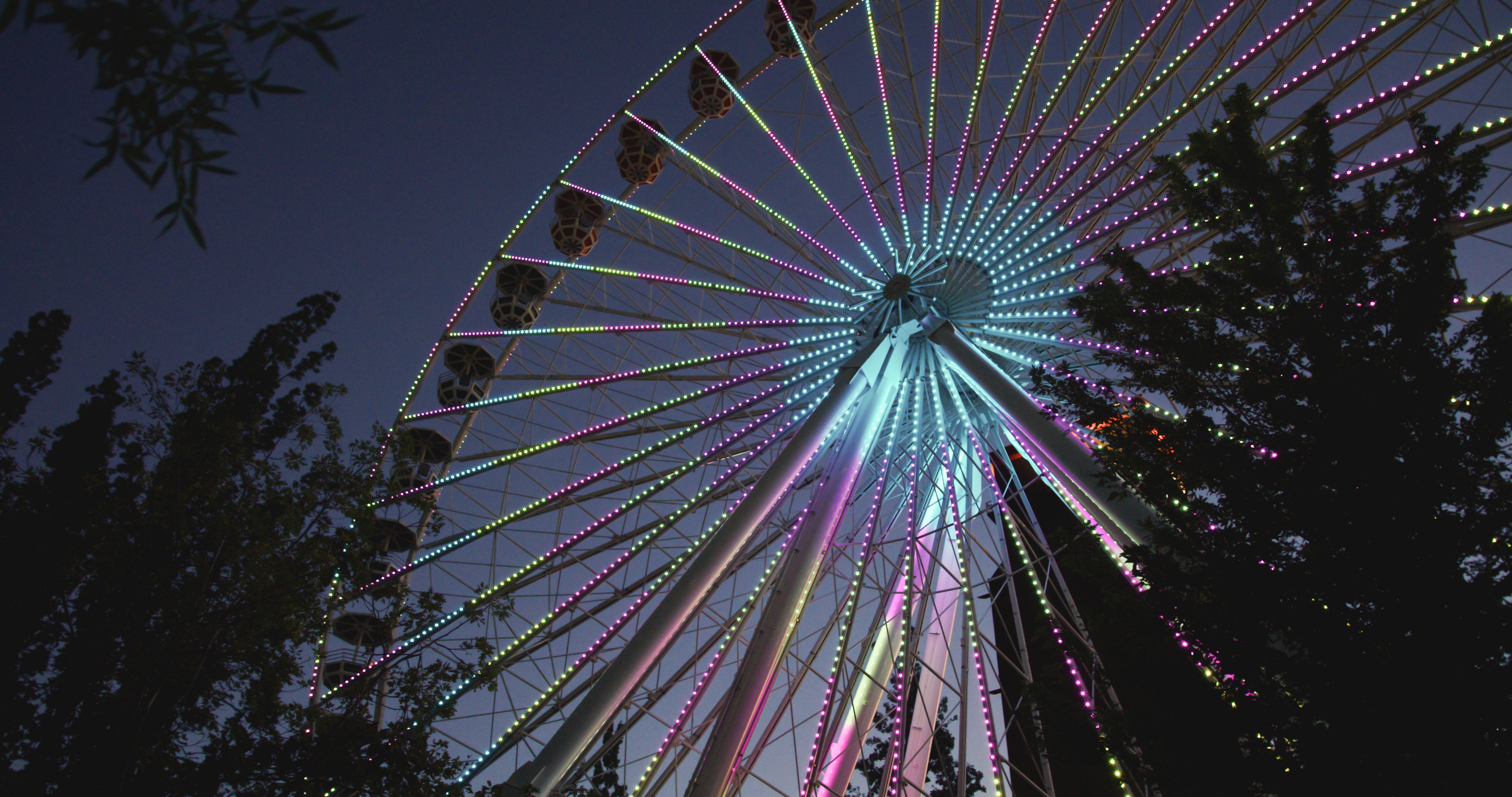





Announcing JellyFish Cloud 2.0
Announcing JellyFish Cloud 2.0
Announcing JellyFish Cloud 2.0






How do Soffit Lights compare to Permanent LED Holiday Lighting?
How do Soffit Lights compare to Permanent LED Holiday Lighting?
How do Soffit Lights compare to Permanent LED Holiday Lighting?
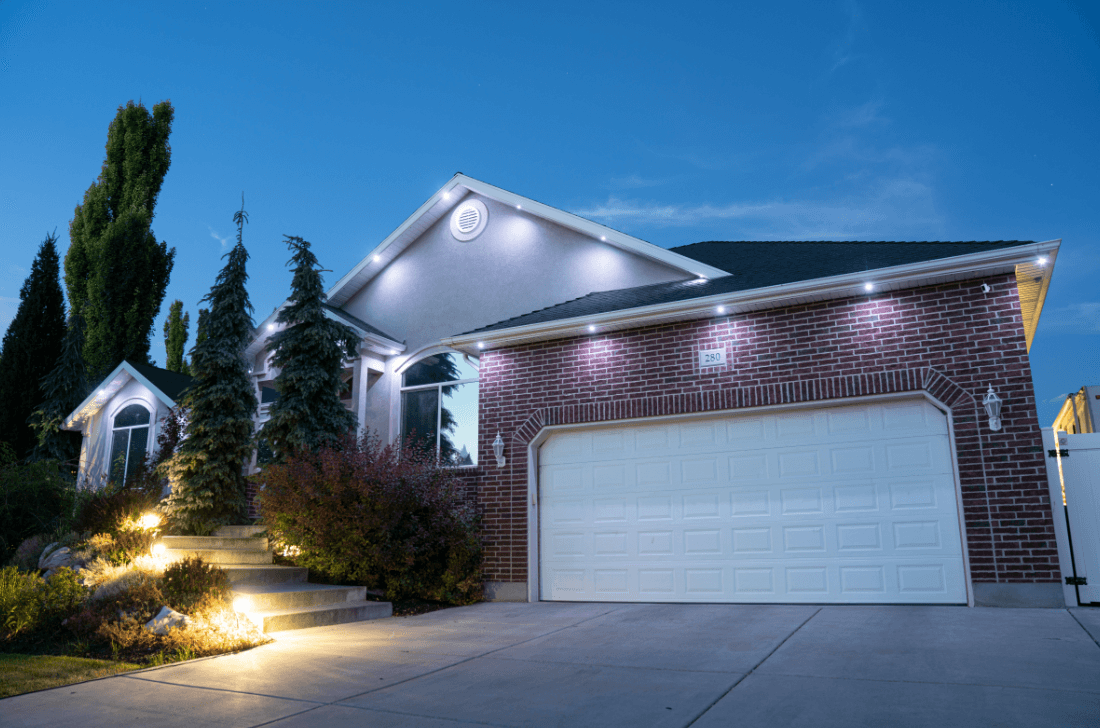





Brighten Home Life With The Right House Lights
Brighten Home Life With The Right House Lights
Brighten Home Life With The Right House Lights
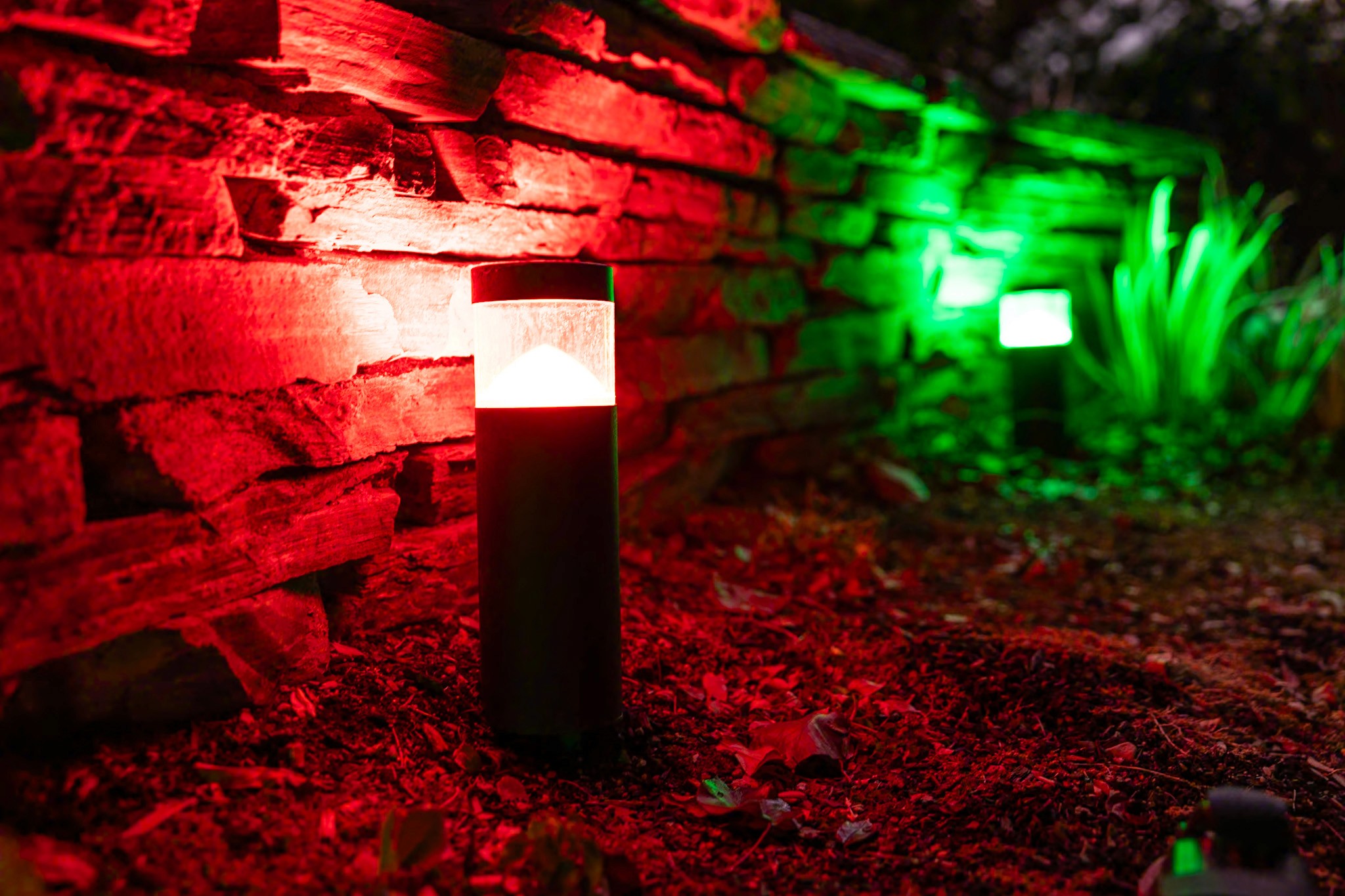





The Benefits of Outdoor Landscape Lighting
The Benefits of Outdoor Landscape Lighting
The Benefits of Outdoor Landscape Lighting
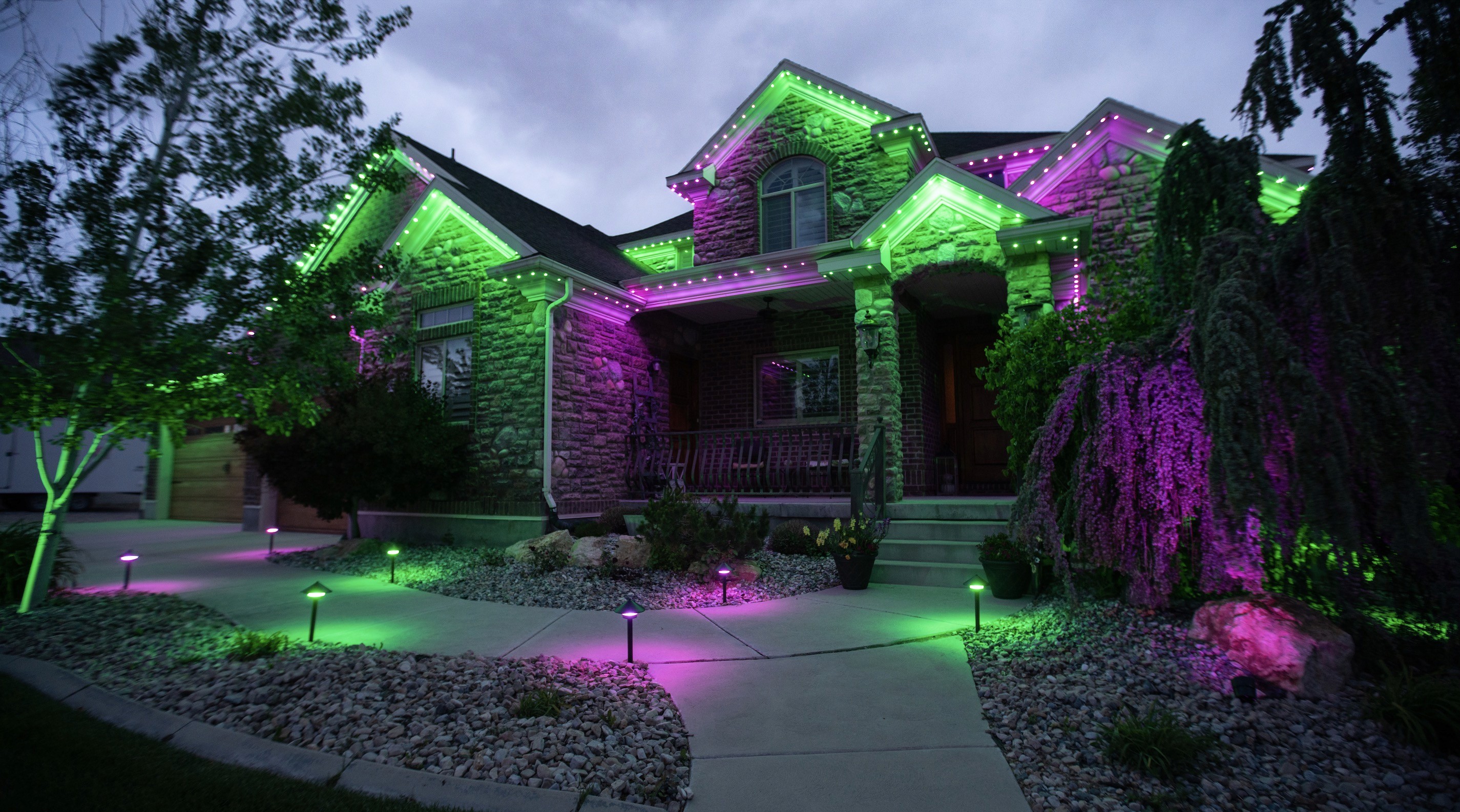





Get color-changing permanent Christmas lights today
© 2025 JellyFish Lighting · All rights reserved · Patent #9506609
Get color-changing permanent Christmas lights today
© 2025 JellyFish Lighting · Patent #950660
Get color-changing permanent Christmas lights today
© 2025 JellyFish Lighting · All rights reserved · Patent #9506609